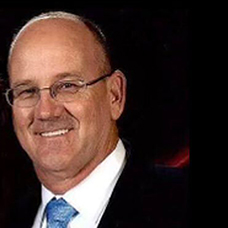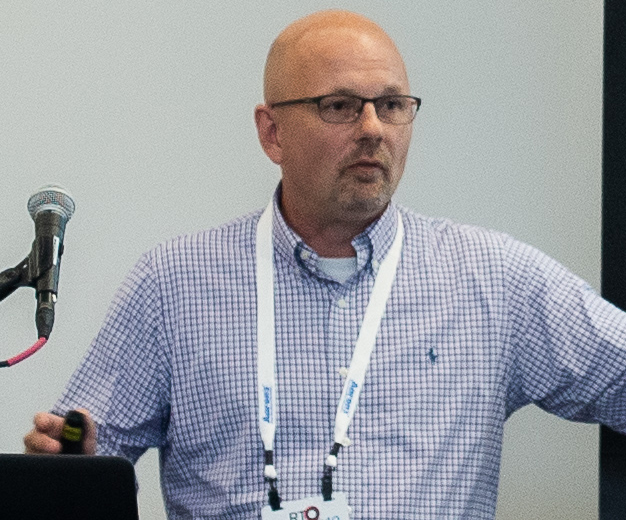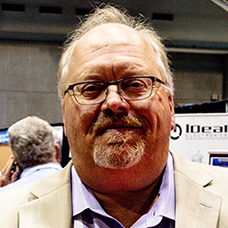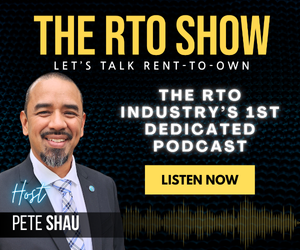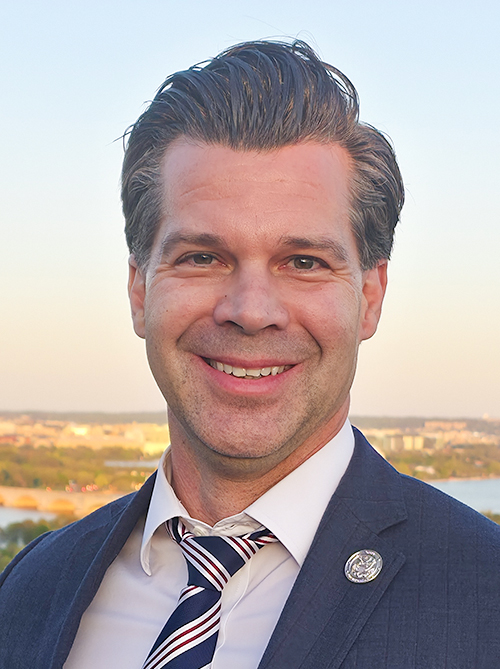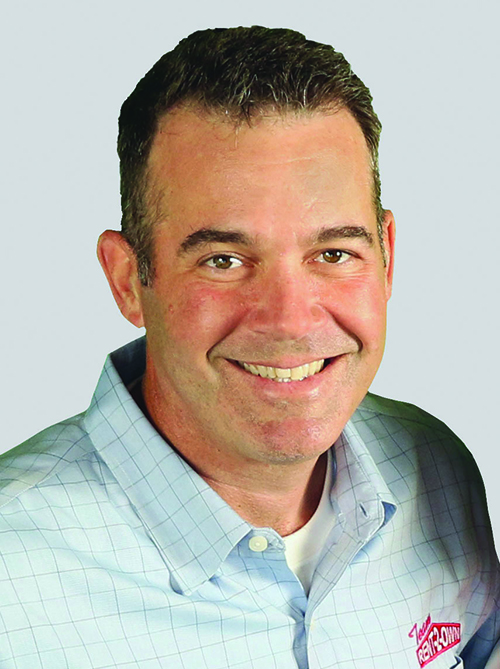The pandemic has produced myriad ripple effects for businesses nationwide – supply-chain and inventory issues, hiring and staffing troubles, and the employee burnout many are dealing with as a consequence. So APRO did a rental dealer “pulse check,” and asked: What do you watch for, and how you protect against or deal with burnout?
“Prior to the pandemic, I didn’t worry much about burnout,” said Clyde Steen, CEO of Texas-based Rent-Buy. “The pandemic has changed all that.”
“We had a very successful 2021, but we were short-handed in almost every store,” said Dan Fisher, President of Majik Enterprises International Inc. dba Majik Rent-To-Own. “Everyone has been working like crazy to keep things going, and I can tell many of us – me included – are feeling the burnout.”
Fortunately, not all rental dealers are experiencing an uptick in worker burnout: Sandi Frye, President of White Rose Enterprises dba Premier Rental-Purchase, said her workers aren’t showing signs of burnout; Showplace Inc. Owner Gary Ferriman said he’s seeing “no more than normal” burnout levels among his people; and Jeff Lebakken, President and CEO of Lebakkens Inc. of Wisconsin, said he has “one or two showing burnout symptoms from putting in heavy extra hours during the fourth-quarter rush.”
Such symptoms seem to be fairly easy to identify across the board: “malaise, lack of engagement, poor results;” “attendance issues, low energy;” “attitudinal changes around the hours they work, and their ability to balance work and personal time;” “acting more adversarial than normal or making mistakes they don’t normally make;” “tiredness, moodiness, carelessness.”
“Employee demeanor is the main thing to pay attention to,” concludes Steen. “Calling in sick, showing up late, lack of concentration, snapping at coworkers.”
What to do about employee burnout once it rears its exhausted head – or, more importantly, how to prevent it altogether – can be a considerable challenge. Many rental dealers say the first line against burnout is watching the clock.
“We put extreme effort into limiting an employee’s hours – for many reasons, not just burnout,” said Lebakken. “We try to make sure all employees work only a five-day workweek. When that’s not possible, then we make sure we show them how much we acknowledge and appreciate their extra effort.”
“Forty-hour workweeks prevent burnout,” concurred Frye. “We make sure we schedule properly, not causing guys to work late. With our drivers, we use Dispatch Track, to ensure they can perform all stops within the allotted timeframe without having to speed or stress; we can watch them as they go, and if we see them falling behind, we tag other guys to jump in and help.”
“I make sure my managers get their day off,” added Steen. ”No more working Wednesdays when credit is high.”
Another popular defense against burnout is creating an enjoyable workplace environment, with plenty of opportunities for engagement, and rife with recognition and encouragement.
“I schedule something for our workers to look forward to,” said John Manzari, President of APRO member WoodyKat Inc. dba Premier Rental-Purchase, ”like a golf outing or a trip somewhere in the future.”
“We try to always have a goal in front of us – small contests, large goals,” said Fisher. “We also regularly hold company events to encourage engagement, and we survey employees and respond to their concerns – to let them know we hear them, feel their pain, and are here to help.”
“Make the workplace exciting,” concluded Steen. “Walk in and high-five your employees, encourage them to be all they can be. At Rent-Buy, we have a set of fundamentals. When the fundamentals are followed, this business thrives. And when you have a store that is thriving, you have employees who enjoy showing up for work.”



